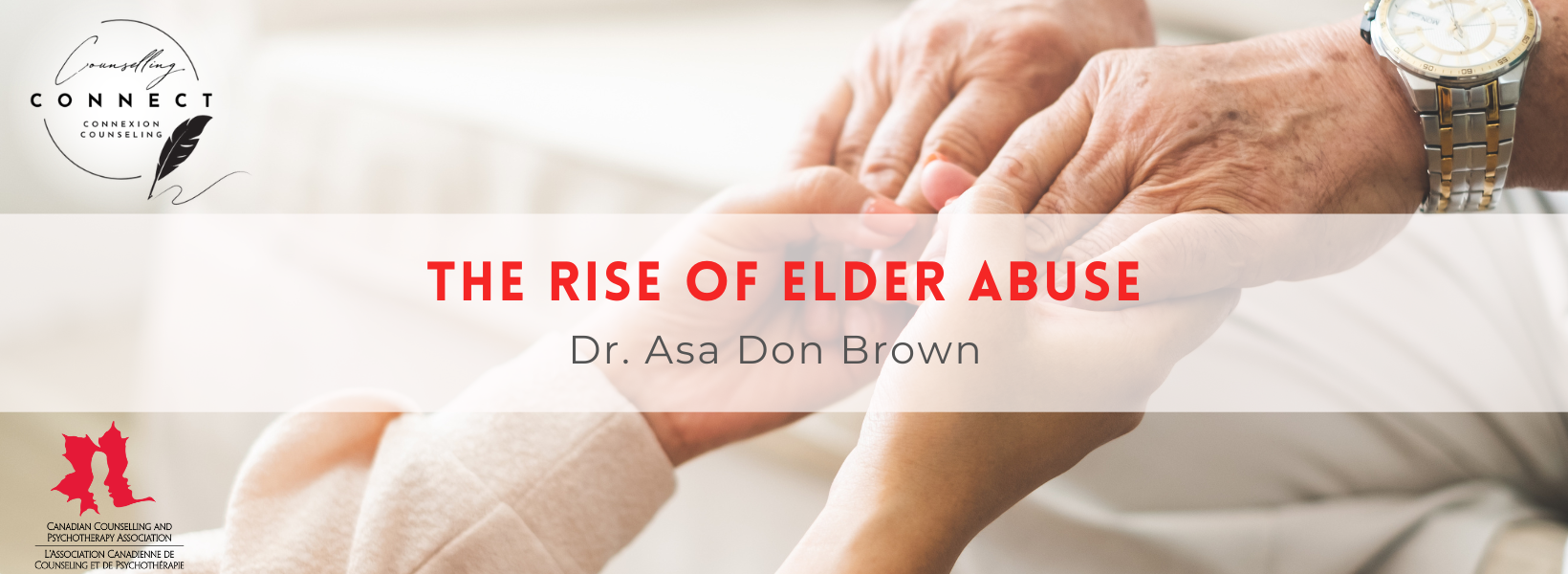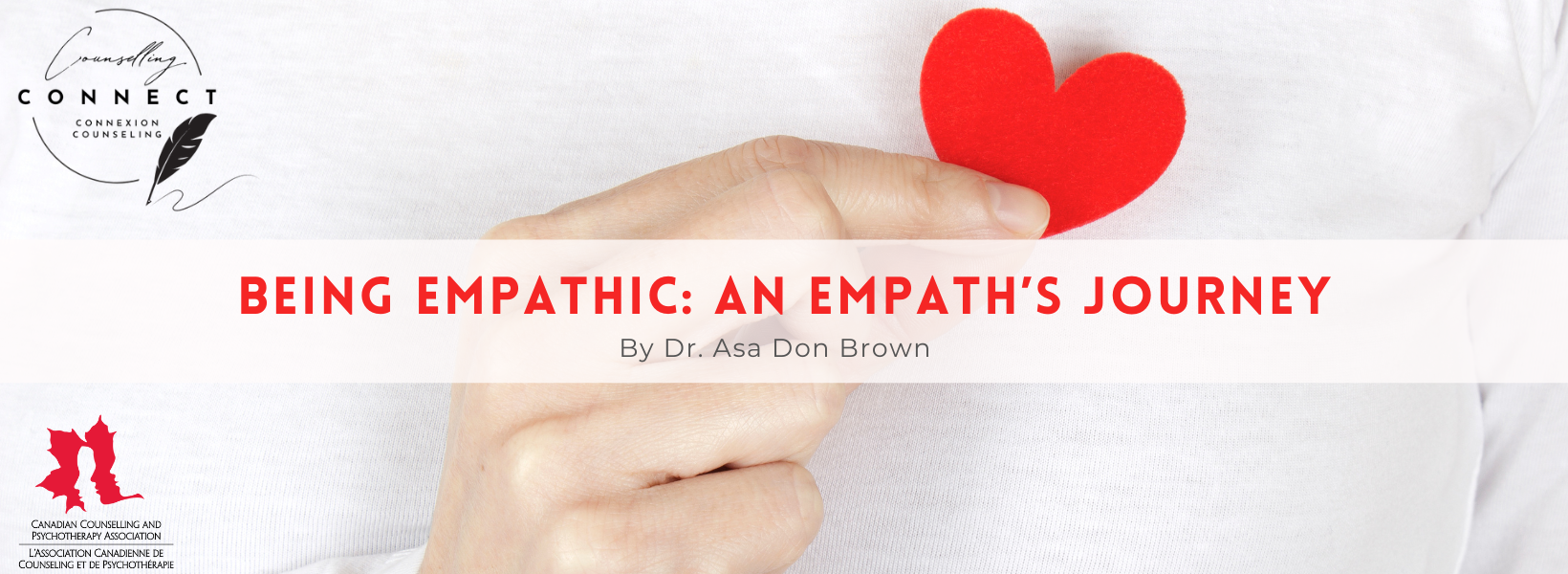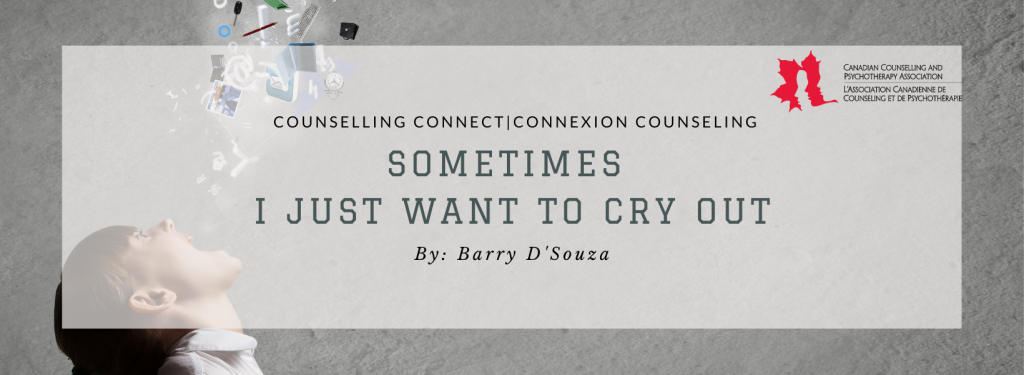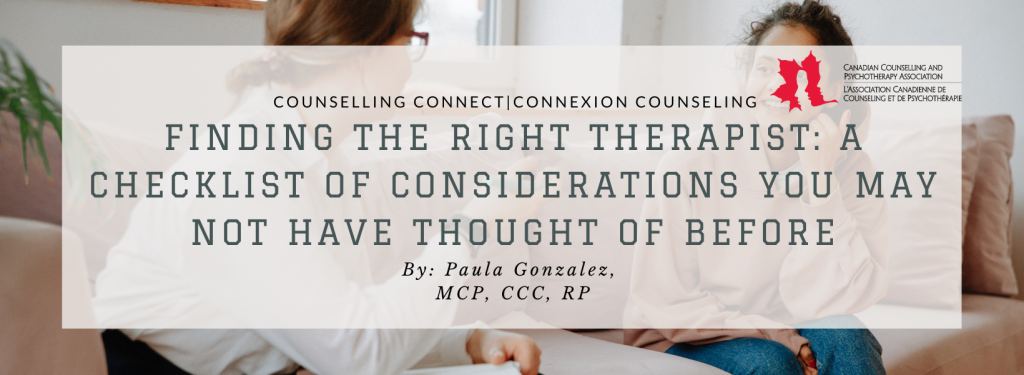
In recent years, we have witnessed a rise in violence among the elderly. This is not an isolated incident nor is it an issue solely related to the United States or Canada, but rather, this specific demographic has witnessed an upward increase occurring throughout the global community. According to research gathered through the Department of Justice Canada (2023) “About 45 percent of seniors report experiencing some form of abuse from the age of 65 on.” Further research has indicated that “The overall prevalence of elder abuse in Canada is similar to the levels found in the United States, the United Kingdom and Australia.” The rise of abuse amongst any population should garner our attention.
The rise in elder abuse has been well documented, but the number of unreported cases, is astronomical. According to the World Health Organization, “Emerging evidence indicates that the prevalence of abuse of older people in both the community and in institutions have increased during the COVID-19 pandemic. A United States study (conducted by Chang and Levy, 2021), suggests that rates in the community may have increased by as much as 84%.” Let me repeat, this is not an isolated issue within the United States or Canada, rather the rates of abuse are sadly reflected throughout our global community. Elder abuse is on the rise.
Why is it and how is it that such cases continue to occur? Elder abuse, like all forms of abuse, is inexcusable, unpardonable, and unimaginable, but like all other forms of abuse, they are hidden. They are hidden from others in order to conceal one’s misdeeds, wrongdoings, and egregious ways. They may be hidden as a guise, concealing one’s true intent and true nature. Most commonly, they are hidden because the elder person is either unable, scared, or unwilling to speak up for themselves.
Why is it that victims of abuse refuse to report? Psychologically, there is a term that aptly explains this particular issue and the rationale to hide such abuse, it is called “trauma bond” (a.k.a. Stockholm Syndrome). A trauma bond occurs when an individual has an emotional attachment or connection with their perpetrator. The bond may have transpired over the discourse of time or it may have been thrusted upon the victim. It is not unusual for the relationship or the bond to be based on need, rather than want or desire. Either way, the bond has an elastic element that brings the perpetrator and victim back together.
The relationship of the abused and perpetrator is one of imbalance. The imbalance is always in the favour of the perpetrator. The elderly person may feel as though they have no sense of personal control or even the ability to control their own lives. The abuser may have convinced the victim that they have no friends, associates or allies. They may have convinced the victim that they are their closest and dearest friend. The
imbalance of power is driven deeply within the core of the mind of the individual. Eventually, through cognitive manipulation and restructuring, the victim develops a belief system that they cannot live without the perpetrator. The perpetrator becomes their sounding board, their support system, and their perceivable ally.
Elder abuse is intentional. It is not uncommon for elder abuse to manifest in a variety of forms, which may include: psychological, physical, sexual, emotional, verbal, financial or medical. The ramifications of elder abuse have been known to cause cognitive impairment, social and emotional withdrawal, and an overall decline in an individual’s perceptions and worldviews. By the way, decline in an individual’s physical and cognitive functioning used to be considered a mere consequence of aging, but we now know that such abuse can have a dire effect upon an individual’s overall well being. Notably, it may not account for all types of cognitive impairment, but it is indeed one of the many elements that can play a major role in an individual’s physical and cognitive impairment.
The abusers are frequently placed in direct care of the victim. The victim may feel as though they are incapable or unable to speak up for themselves. They may feel fearful of the repercussions of speaking up and the possible consequences. It is not uncommon for abusers to utter threats and intimidate the elder person, persuading the individual from seeking help. Ultimately, the elder may feel as though they have limited to no options, leaving them at the will of the perpetrator.
According to the World Health Organization “Globally, the number of cases of elder abuse is projected to increase as many countries have rapidly aging populations. Even if the proportion of victims of abuse of older people remains constant, the global number of victims will increase rapidly due to population aging, growing to some 320 million victims by 2050, as the global population of people aged 60 years and more increases to 2 billion by 2050.”
Who are the abusers? Research has shown that the perpetrators of elder abuse are often intimately associated with the victim. The perpetrators may be a child, grandchild, spouse, or extended family member. In some cases, the perpetrator may have a close relationship with the individual. They may be a lifelong or family friend, religious figure, financial or legal resource, medical personnel or caregiver, or a member of a service organization. It’s important to understand that the most intimate of relationships can lead to someone taking advantage of the elder.
How do I identify a perpetrator or predatory behaviours? In general, predatory personalities are the ultimate chameleon. They are persuasive and capable of convincing others to allow them to take charge. They will morph into whatever disguise that fits your needs, wants, or overall desires. They are charming, intellectual, and reliable. They may insist on overseeing financial matters or the care of another. It is not uncommon for such personalities to lack empathy, personal insight, and an integral sense of the world.
What should I do if I know a victim of elder abuse? Be involved. Be an advocate and a liaison of the elder. Do not hesitate to report any allegations or suspensions of abuse to the authority. Encourage the elder and their family to create a multi-disciplinary team to provide support and advocacy on behalf of the elder. The multi-disciplinary team may be comprised of mental health and healthcare practitioners; adult protective services; legal and criminal justice systems; religious and faith based organizations; and if possible, a team comprised of family and friends. Please remember that elder abuse is on the rise. Elder abuse is one of the most rapidly growing segments of the population, but one of the least reported.
*The views expressed by our authors are personal opinions and do not necessarily reflect the views of the CCPA








